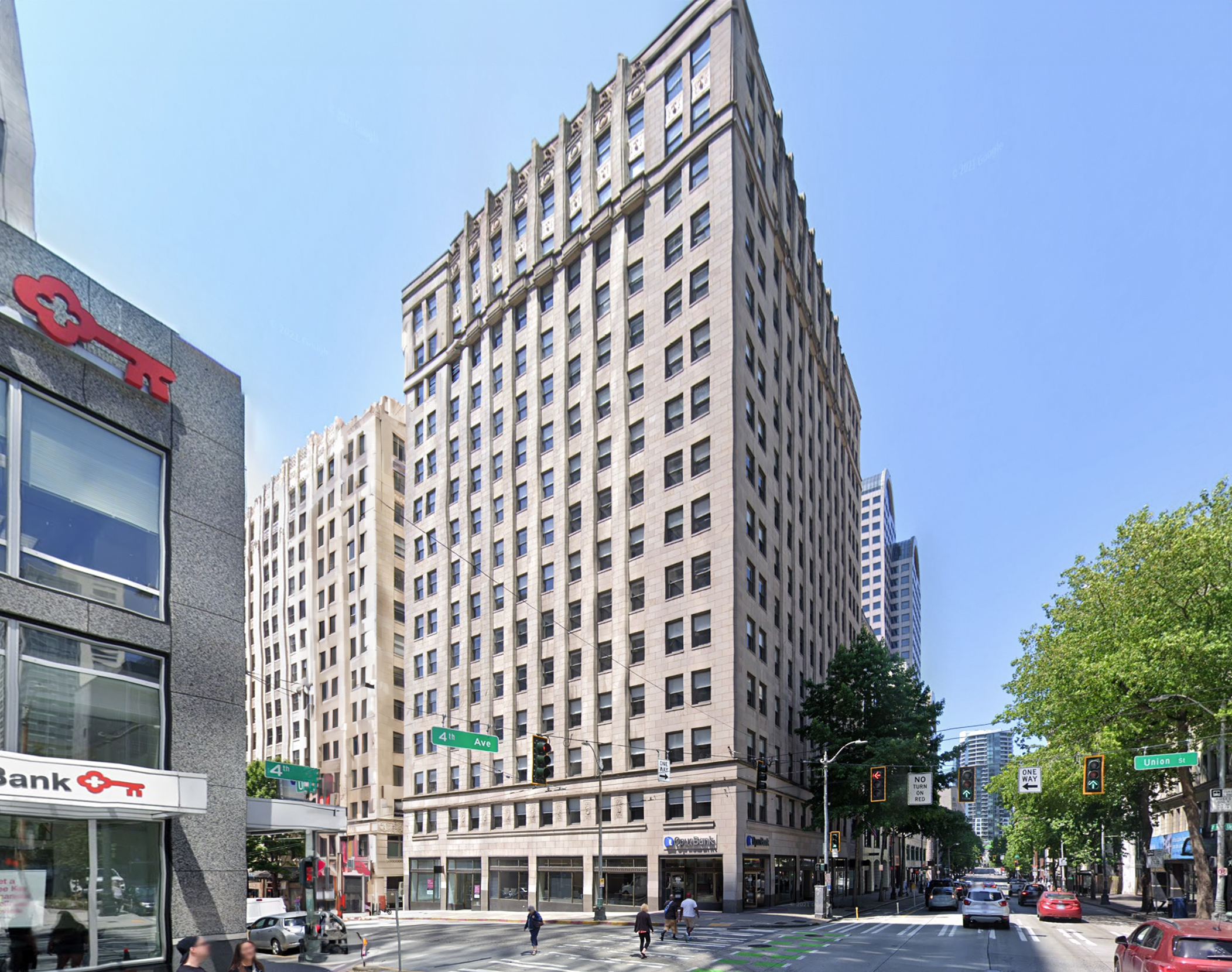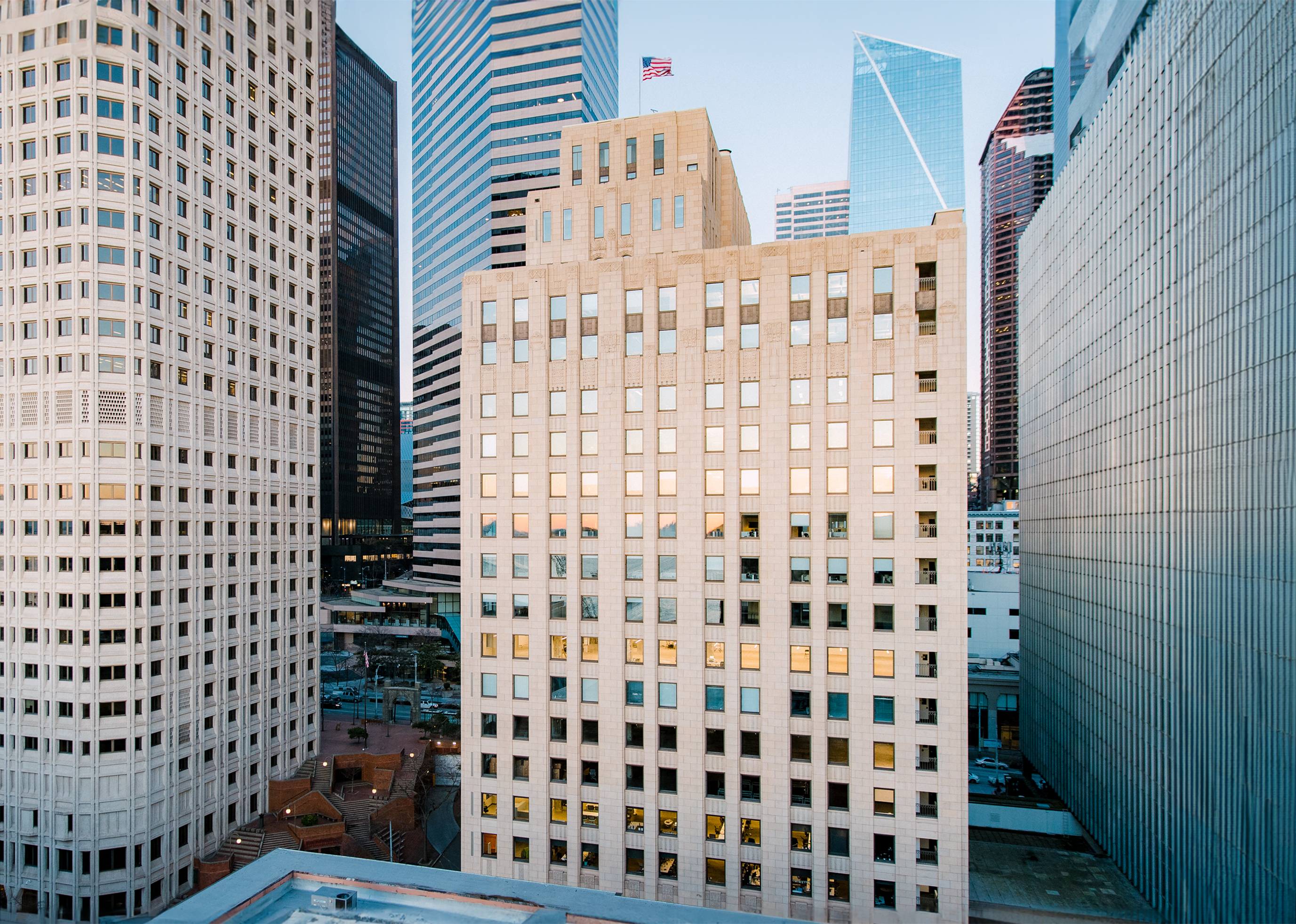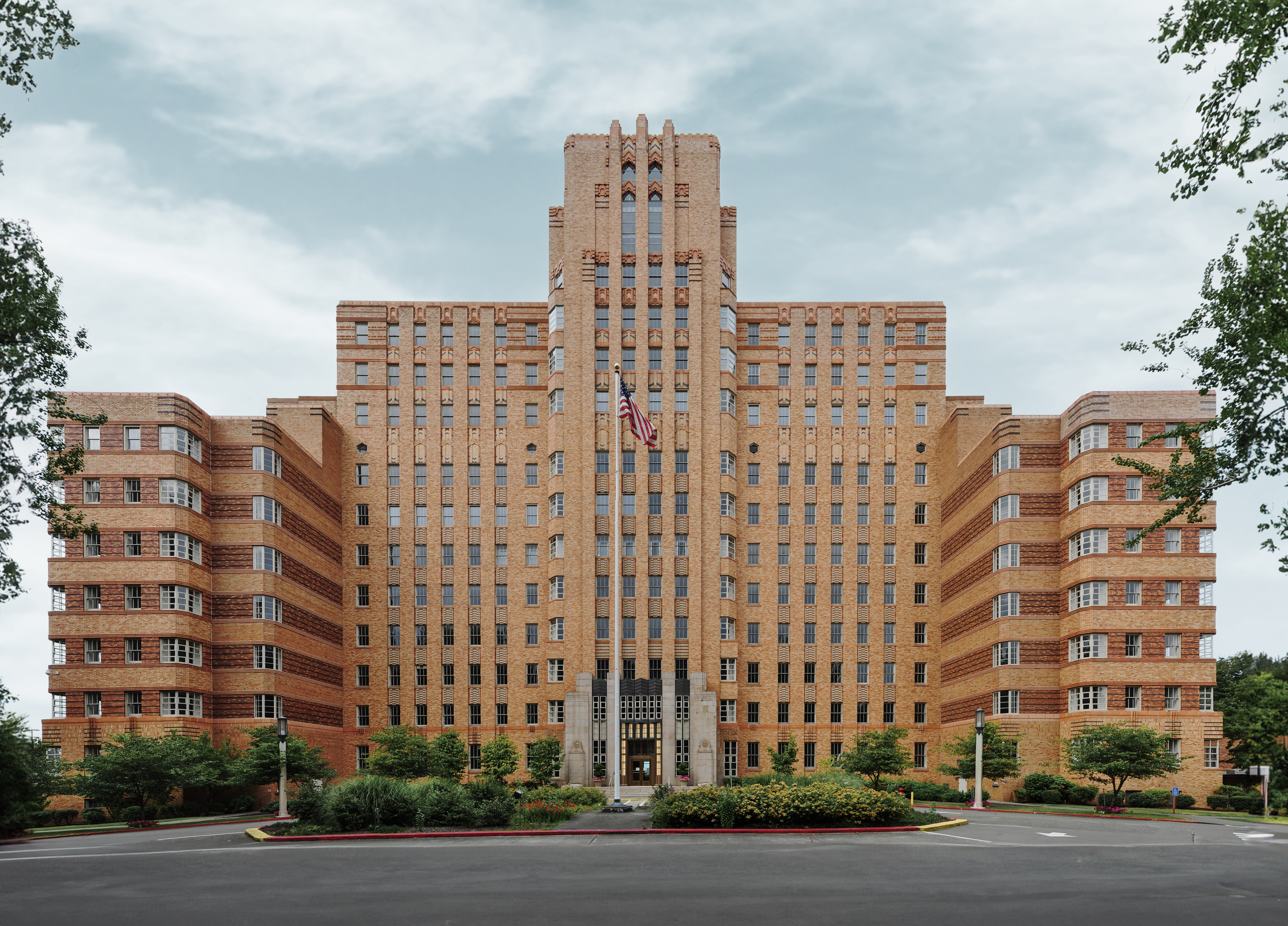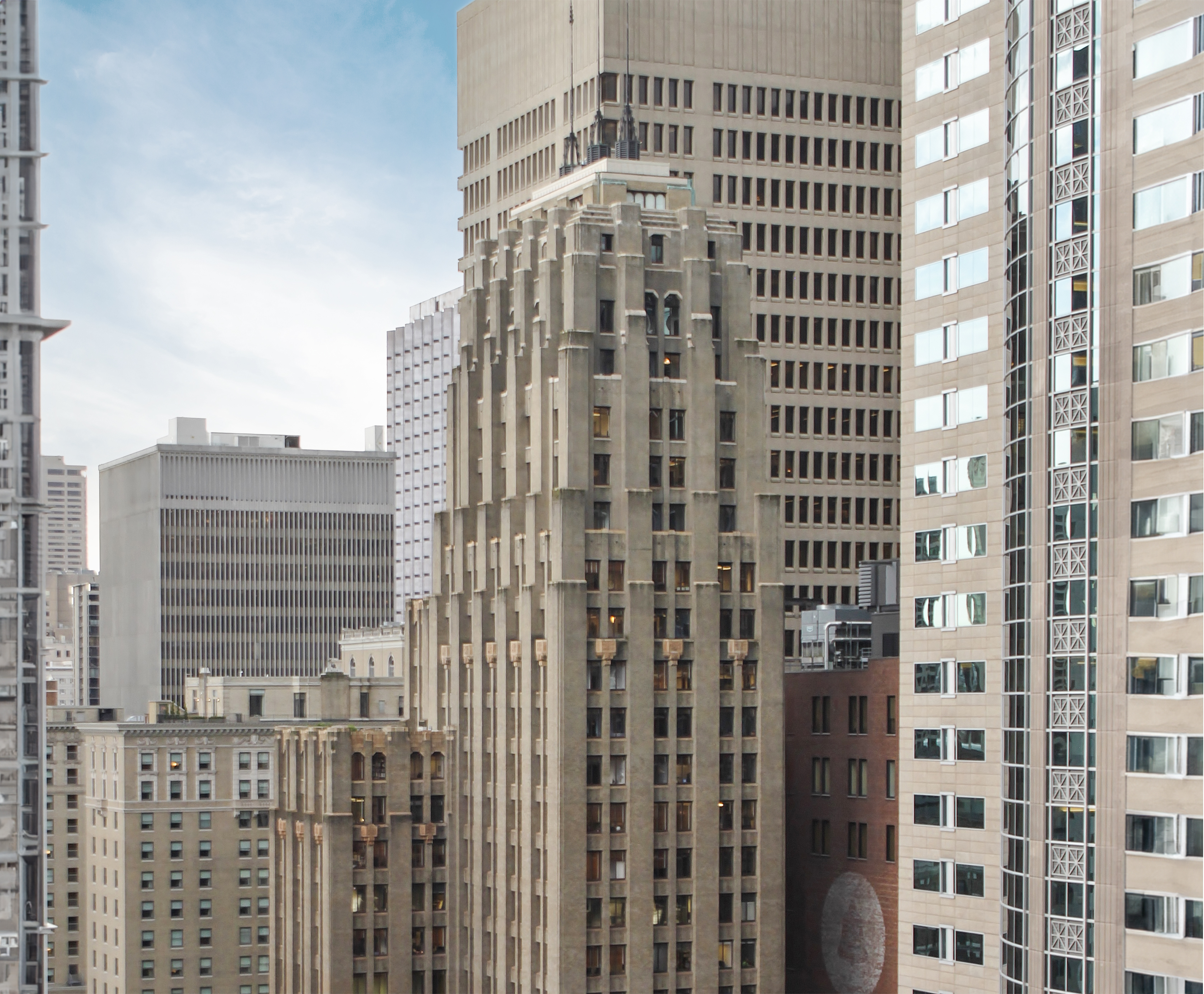The Washington Athletic Club is an Art-deco skyscraper designed by Sherwood D. Ford, and built between 1929 and 1930, for a reported $2.50 million dollars, in Seattle, WA.
Its precise street address is 1325 6th Avenue, Seattle, WA. You can also find it on the map here.
The Washington Athletic Club is a structure of significant importance both for the city of Seattle and the United States as a nation. The building embodies the distinctive characteristic features of the time in which it was built and the Art Deco style. Because of that, the Washington Athletic Club was officially declared as a national landmark on March 11th 2008.




